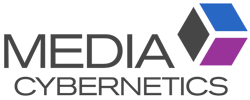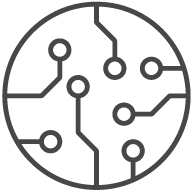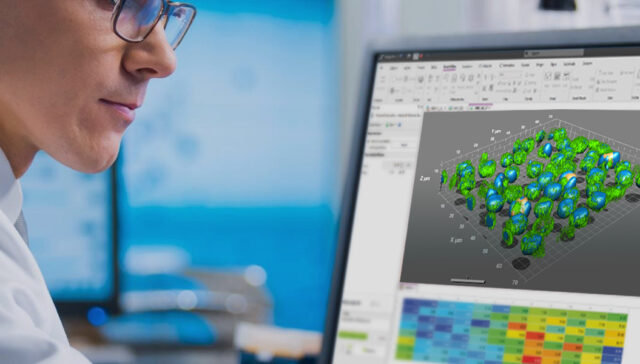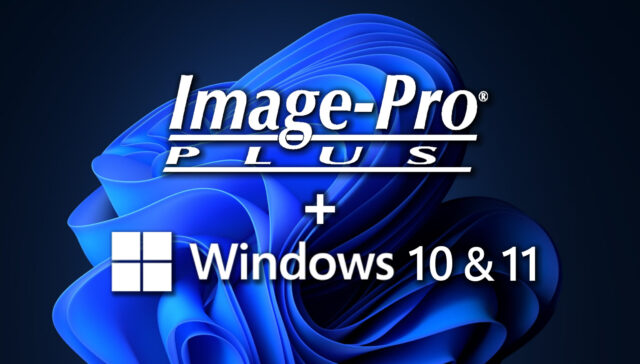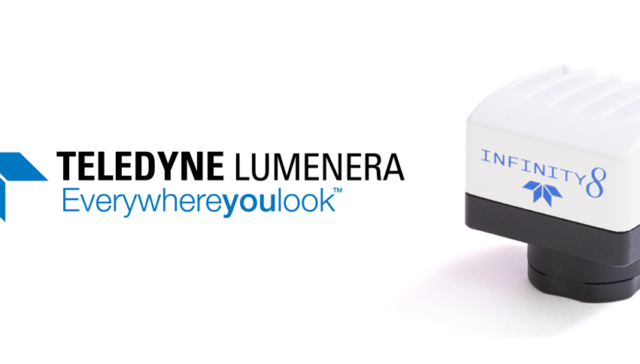
Light Microscopy
A Solution Trusted by Light Microscope
Manufacturers and Users
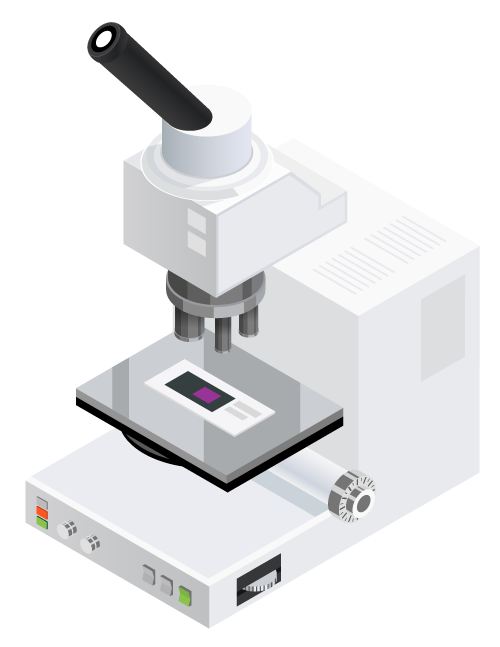
What is Light Microscopy?
Light Microscopy is a technique for generating magnified images of small objects using visible light and a system of lenses. There are a variety of types including simple and compound lens, stereo, inverted, polarizing, phase contrast, Epifluorescence, Confocal, 2-Photon, and more.
A wide range of illumination techniques are used to generate improved contrast and, in some cases, the addition of standard fluorescent dyes to the sample improve localization of structures and inform about relationships.
Why Image-Pro?
Supercharge your manual microscopes through powerful capture tools that improve collaboration, handles complex datasets and performs high-volume image analysis. It also optimizes data with filters, coloring, alignment and more all the while saving time on repetitive tasks.
Supercharge manual microscopes by adding powerful capture tools.
Improve collaboration with support for OME.TIF and all major microscope formats.
Handles complex multi-dimensional datasets with ease.
Optimize your light microscope data with filters, coloring, alignment, and more.
Perform expert, high-volume image analysis on nearly any image.
Save time on repetitive tasks using custom macros and a customizable user interface.
Brightfield & Stereo
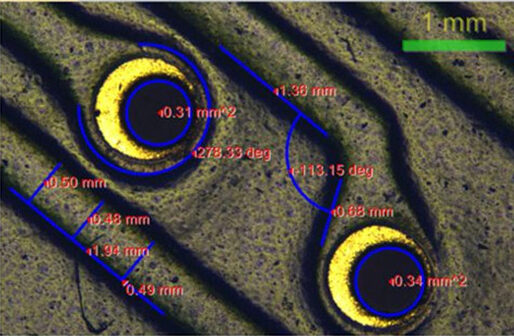
Component Inspection & Measurement
Learn More
Supported by a wide range of manual measurement and automated measurement features, Image-Pro can quickly be set up to analyze component inspection and measurement.
Requires: 2D Measurement Module and/or 2D Automated Analysis Module
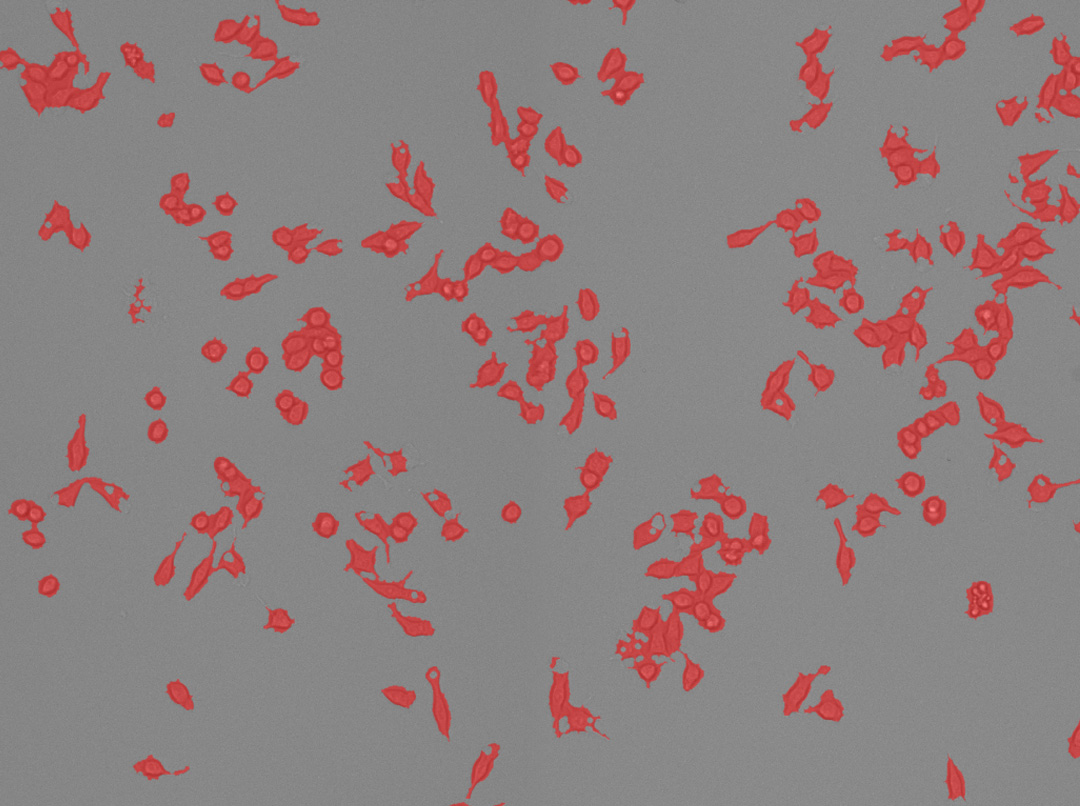
Confluence
Analysis
Learn More
Requires: 2D Automated Analysis Module & Cell Biology Protocol Collection
Protocol: Confluence

Extended
Depth of Field (EDF) of Large Samples
Learn More
Capture beautifully focused images, regardless of depth, with Live EDF. No automated z motor is required.
Requires: 2D Capture Module
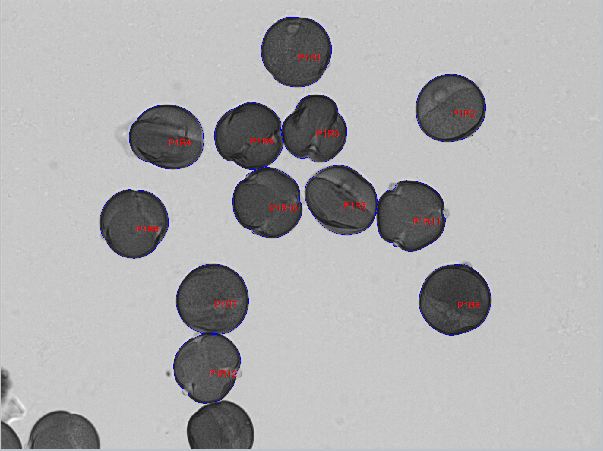
Object Count &
Size Analysis
Learn More
Count and classify objects in the region of interest.
Requires: 2D Automated Analysis Module & Essentials Protocol Collection (included)
Protocol: Object Count
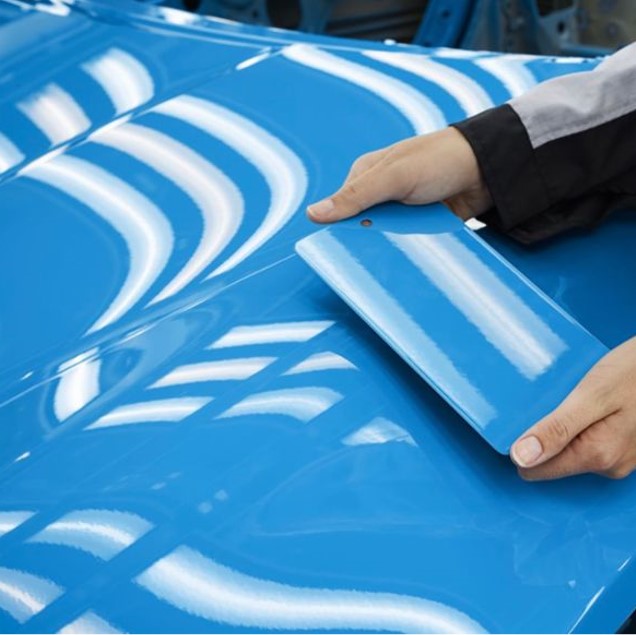
Paint Color
Quality Assurance
Learn More
Perform absolute color measurements or color differences in CIE L*a*b*® or XYZ color coordinates. It’s also just as easy to color correct from a reference image.
Requires: 2D Measurements Module
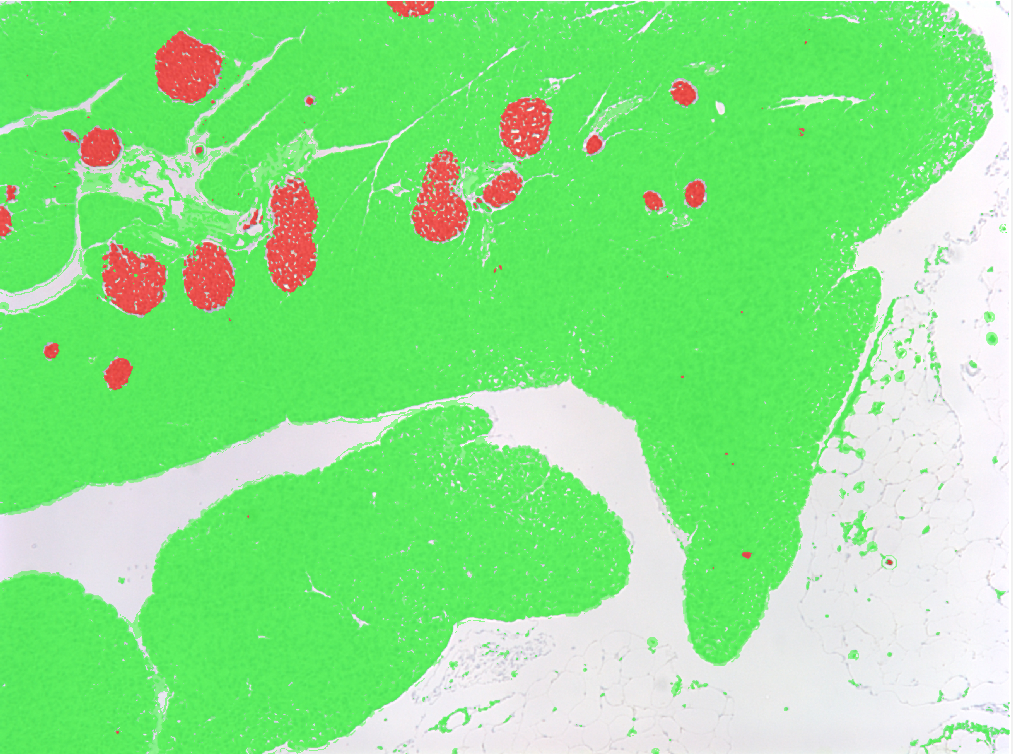
Tissue Stain
Analysis
Learn More
Using machine learning-based Smart Segmentation, Image-Pro may be quickly trained to identify stained tissue areas in a reliable and repeatable manner.
Requires: 2D Automated Analysis Module & Essentials Protocol Collection (included)
Protocol: Percent Area
Fluorescence

3D Reconstruction of Multi-Channel Stacks
Learn More
Reconstruct 3D stacks across multiple fluorescent channels for visualization of structure and analysis of 3D morphology and colocalization.
Requires: 3D Visualization Module & 3D Measure & Analyze Extension
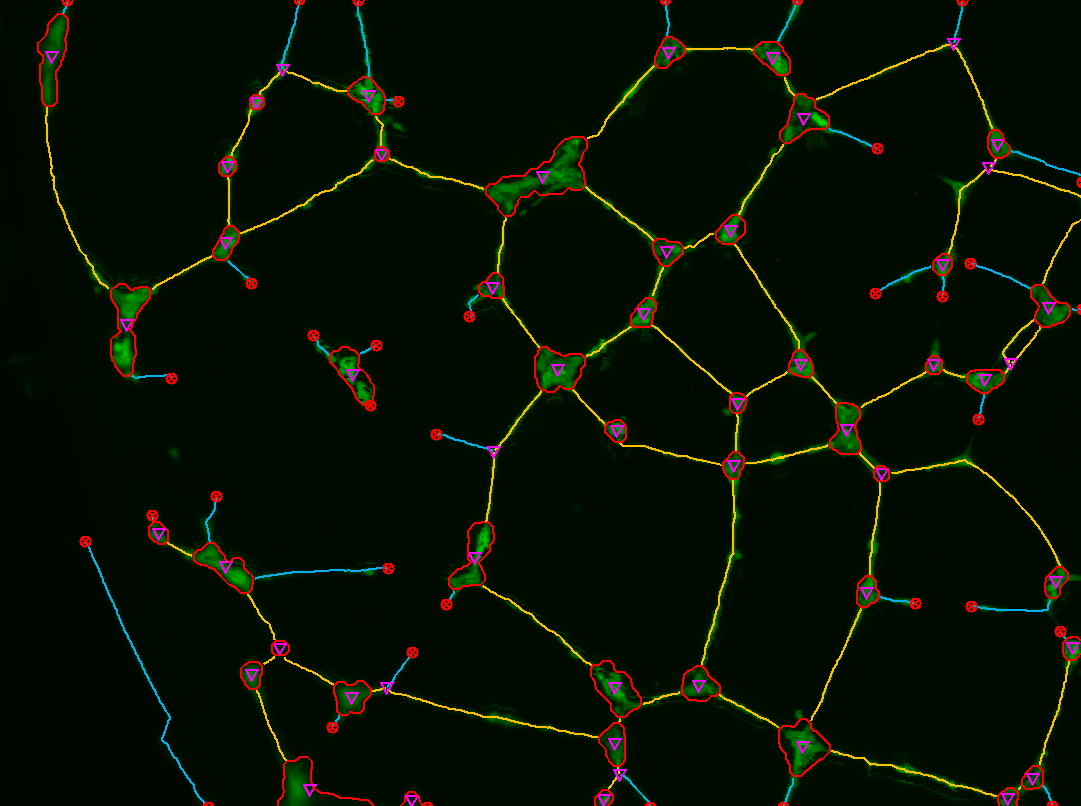
Angiogenesis Analysis
Learn More
Measure the growth and diameter of fluorescently labeled blood vessels.
Requires: 2D Automated Analysis Module & Cell Biology Plus Protocol Collection
Protocol: Angiogenesis
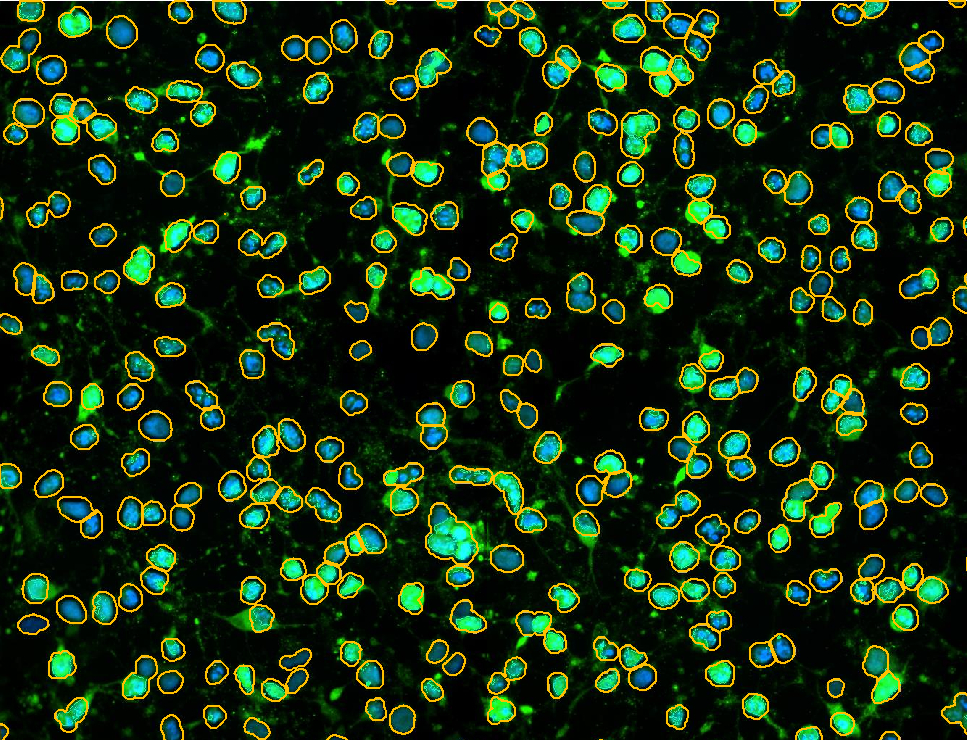
Apoptosis
Analysis
Learn More
Measure apoptosis based on caspase activation of fluorescently labeled cells.
Requires: 2D Automated Analysis Module & Cell Biology Protocol Collection
Protocol: Apoptosis

Capture Multi-Channel Image Sets
Learn More
Expand the capabilities of any microscope to capture multiple channels into an image set.
Requires: 2D Capture Module & Multi-Channel Capture Extension
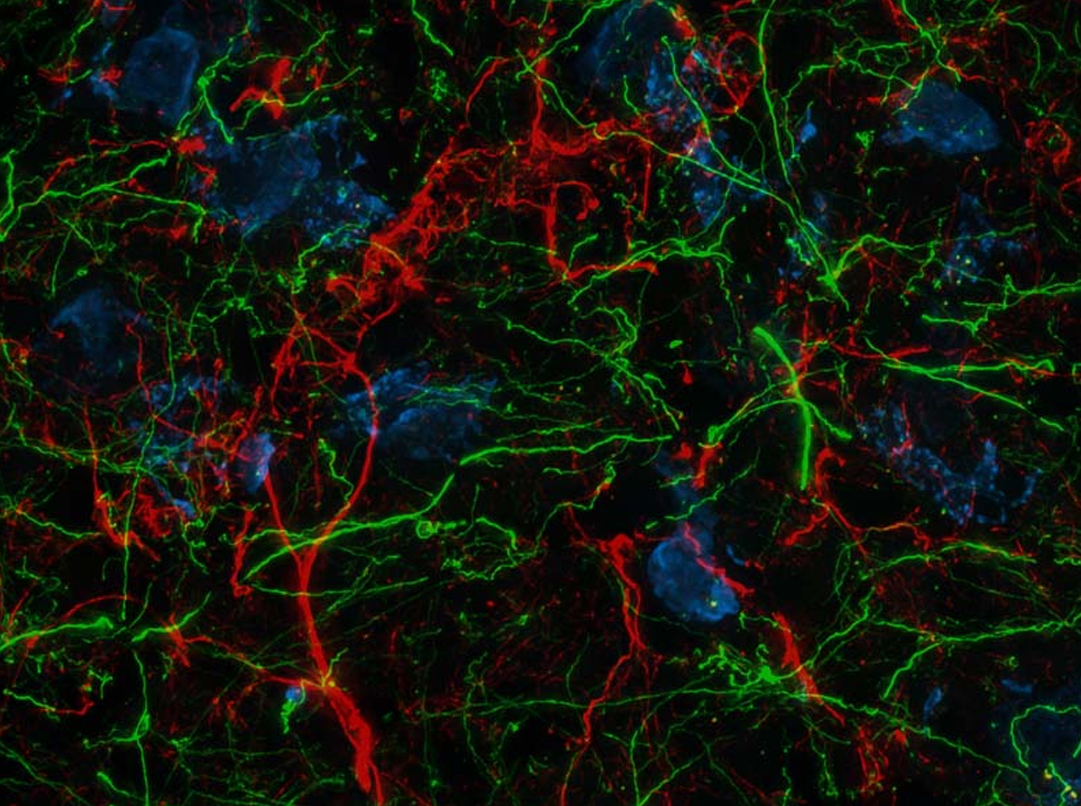
Real-Time or
Post-Acquisition Deconvolution
Learn More
Elevate your capture system to now deliver crisp, high fidelity, fluorescent images during preview and capture.
Required for Live: 2D Capture Module & Real-Time Deconvolution Extension
Required for Post-Acquisition: AutoQuant Deconvolution Module
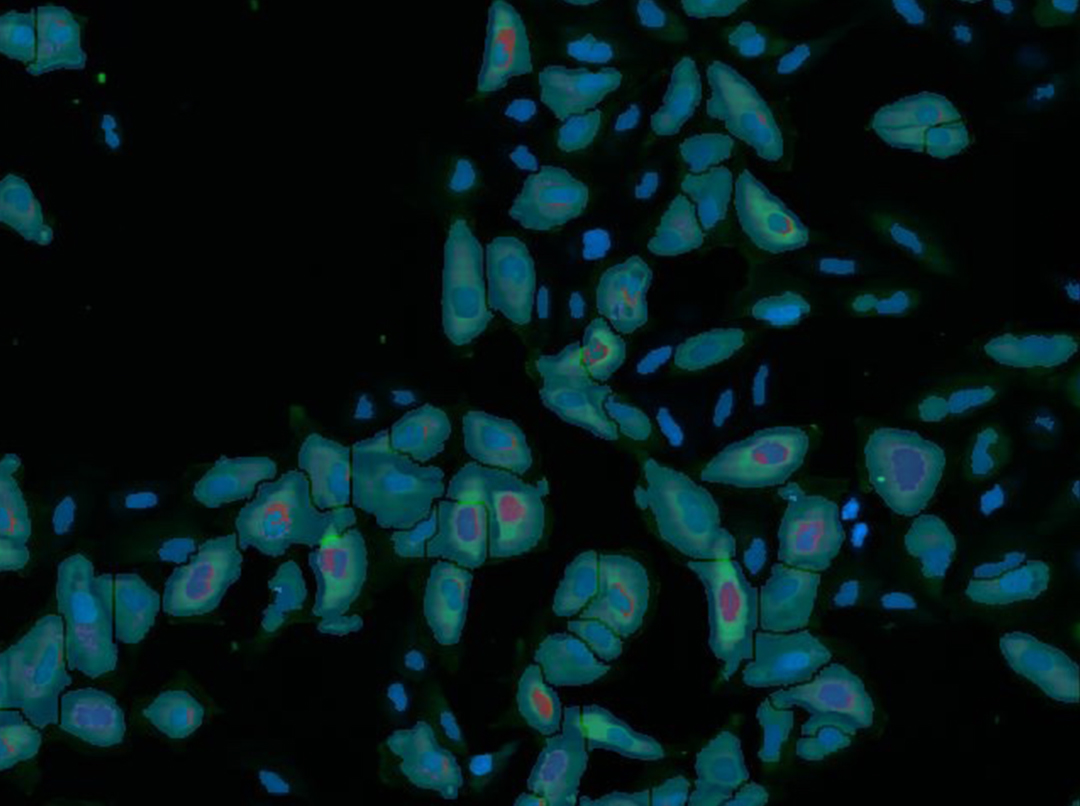
Translocation
Learn More
Measure either the total cellular area of transport of a fluorescently labeled target protein between fluorescently labeled nuclear and cytoplasmic compartments of just the area above threshold.
Requires: 2D Automated Analysis Module & Cell Biology Plus Protocol Collection
Protocol: Translocation
Image-Pro Has Tools for Your Acquisition Type.
Get Started with Image-Pro for Light Microscopy
